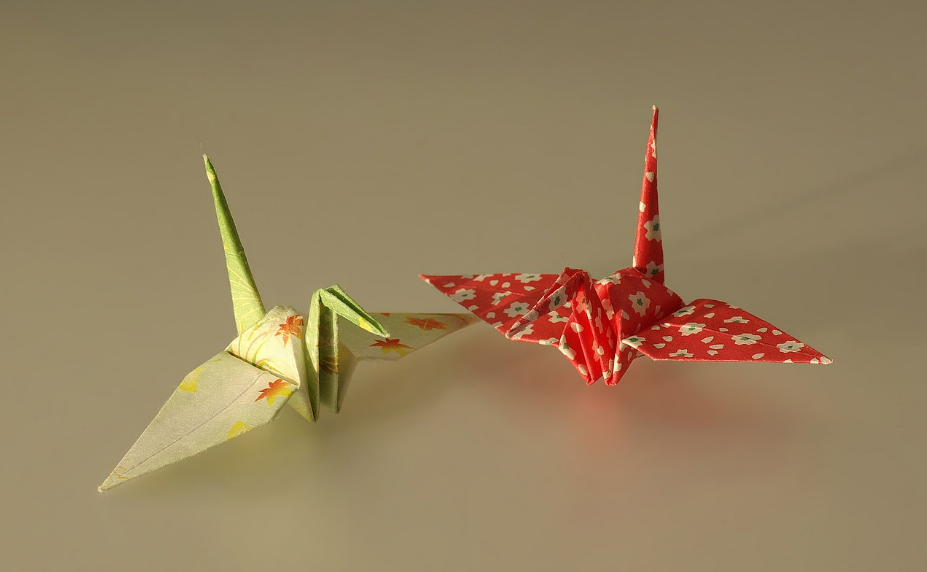100exch, Matchexch9, Laser 247.com: Origami, the ancient art of paper folding, has captivated people around the world for centuries. While its exact origins remain a mystery, scholars believe that the practice of origami likely began in ancient China before spreading to Japan. Initially used for ceremonial purposes and religious rituals, origami gradually evolved into a beloved form of creative expression.
With the passage of time, origami gained popularity beyond Asia, becoming a cherished art form in various cultures. The intricate folds and delicate designs of origami creations have come to symbolize patience, precision, and simplicity. From graceful cranes to elaborate geometric shapes, origami continues to inspire and delight enthusiasts of all ages.
Different Types of Origami Paper
There is a wide variety of paper types that can be used for origami, each with its own unique characteristics. Traditional origami paper, also known as “kami,” is a lightweight paper that is typically colored on one side and white on the other. It is easy to fold and holds creases well, making it a popular choice for beginners and advanced folders alike.
Tissue paper is another type of paper commonly used in origami. It is very thin and delicate, often translucent, and can create beautifully delicate and intricate folds. However, due to its delicate nature, tissue paper can be more challenging to work with and may not hold up as well for certain complex origami designs.
Basic Origami Folds
99 Exchange, Big Exchange ID, Maxwin9: Origami is an ancient art form that involves folding paper to create intricate designs and shapes. There are several basic folds that form the foundation of origami techniques. One of the most common folds is the valley fold, where the paper is folded inward to create a sharp crease. Another essential fold is the mountain fold, which is the opposite of the valley fold and creates a raised ridge on the paper.
In addition to the valley and mountain folds, there are other fundamental folds used in origami, such as the petal fold and the squash fold. The petal fold involves folding multiple layers of paper in a rounded shape to create a petal-like design, while the squash fold is used to flatten or squash a section of paper to create a new shape. These basic folds are the building blocks of more complex origami designs and are essential for beginners to master before moving on to advanced projects.
� Valley fold: paper folded inward to create a sharp crease
� Mountain fold: opposite of valley fold, creates raised ridge on paper
� Petal fold: folding multiple layers in rounded shape for petal design
� Squash fold: flattening or squashing paper section to create new shape
Mastering these basic origami folds will provide a solid foundation for creating more intricate and impressive designs. By understanding how each fold works and practicing them regularly, beginners can gradually improve their skills and tackle more challenging projects with confidence. Whether you’re interested in making simple animals or complex geometric shapes, mastering the basics is key to becoming a skilled origami artist. With patience and practice, anyone can learn to create beautiful pieces of art through the ancient tradition of origami.
What is the history behind origami?
Origami originated in Japan in the 17th century and has since evolved into a popular art form around the world.
What types of paper can be used for origami?
There are many types of paper that can be used for origami, including traditional Japanese washi paper, colored paper, and even recycled materials.
Are there specific fold patterns I should know for basic origami?
Yes, there are several basic origami folds that are commonly used in creating various shapes and designs.
Can anyone learn how to do origami?
Yes, origami is a fun and accessible craft that can be enjoyed by people of all ages and skill levels.
What are some common beginner-friendly origami projects?
Some popular beginner-friendly origami projects include paper cranes, origami frogs, and simple boxes.

